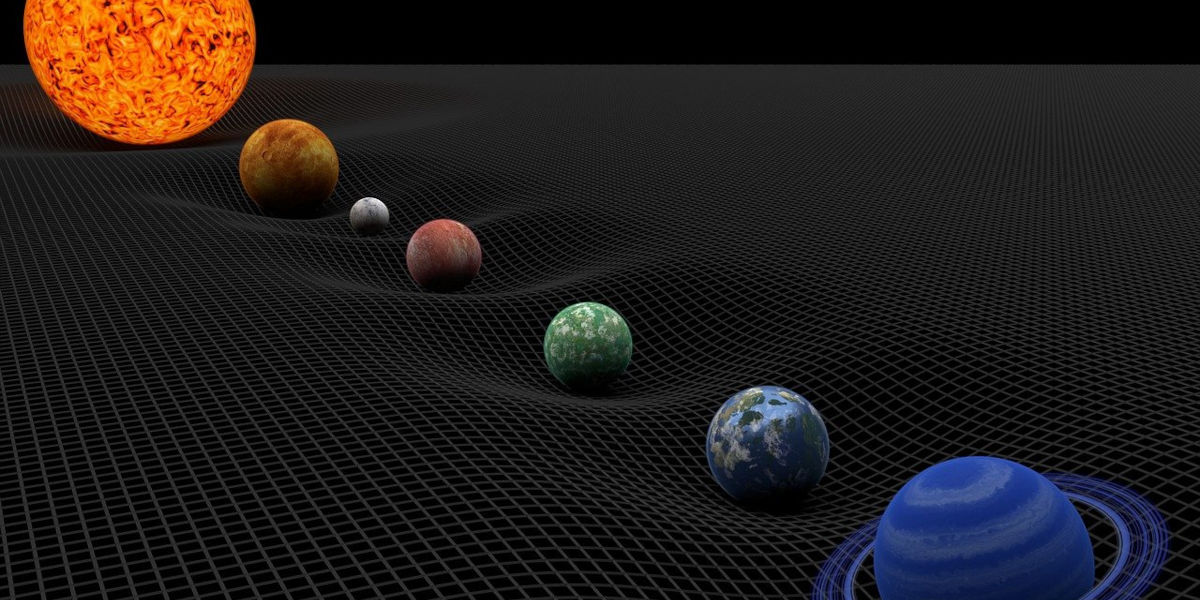For most of the 20th century, physicists have been on a relentless hunt for a single theory that could reconcile the two great pillars of modern physics: general relativity and quantum mechanics. This paradigm-shifting, unifying theory is widely referred to as a theory of quantum gravity. It represents the Holy Grail of physics - a theory that melds the macrocosm of the universe we see with our eyes and the intricate, cryptic microcosm that only becomes clear through the lens of powerful particle accelerators.
Quantum Gravity Theories: The Convergence of Worlds Apart
The quantum world is a world of jittery, capricious particles, inhabiting multiple places at once, bridging the cosmos with strange quantum leaps. Classical gravitational scenarios, on the other hand, speak to a placid, orderly cosmos, swooping and soaring according to Einstein's magnificent equations. Both domains have been studied extensively and independently, but despite their successful application in their respective realms, challenges arise when attempting to merge them. Here lies the essential problem that quantum gravity theories strive to solve.
Particularly in the realms of black holes and the very beginnings of our universe under the Big Bang model, quantum mechanics and general relativity crash head-on. They produce paradoxes and conundrums that appear to undermine the fundamental laws of physics. They become incompatible. A thorough understanding of aspects like black hole singularity and the nature of the universe at its earliest fractions of a second calls for a framework that can accommodate both quantum mechanics and general relativity, thus giving birth to what we know as quantum gravity theories.
Unifying General Relativity and Quantum Mechanics: The Pursuits and Perplexities
The quest to merge gravity with quantum mechanics takes physicists into uncharted territories. Theoreticians have ventured far from established science, into the realms of untested, albeit beautiful, mathematical constructs. The most well-known among these constructs currently are string theory and loop quantum gravity. String theory posits that fundamental particles are not zero-dimensional points but one-dimensional strings vibrating at different wavelengths. Meanwhile, loop quantum gravity speaks to the idea of quantizing the fabric of spacetime itself.
Both of these theories show great promise, yet none have achieved definitive success. Experimental evidence remains elusive due to the enormous scales of energy needed to directly test these theories, and certain mathematical hurdles continue to thwart progress. Yet despite these challenges, physicists across the globe continue to delve deeper into these theories, spurred on by the dream of uniting general relativity and quantum mechanics under the umbrella of a single, all-encompassing theory.
Uniting the Universe Under a Single Theory - The Quantum-Gravity Conundrum
The quest for unifying the universe under a single theory has been a long-time pursuit for physicists. This unifying theory, also known as the Theory of Everything, could demonstrate how seemingly disparate aspects of the universe are intrinsically linked and co-dependent. Chief among these are quantum mechanics and general relativity, two different theories used for explaining the universe on both a micro- and macroscopic level.
Quantum mechanics, formulated in the early 20th century, presents a physics framework to explain the world of the very small – particles, atoms and photons. It brought about groundbreaking understanding of particle wave function, uncertainty principle and quantum entanglement a phenomena Albert Einstein famously described as "spooky action at a distance". The quantum world is strange, counter-intuitive, but it is experimentally substantiated.
In contrast is general relativity, Einstein's magnum opus that has stood unquestioned for over a century. It describes gravity, not as a force, but as curvature of spacetime caused by mass and energy. General relativity centres the physics of the extraordinarily large - galaxies, black holes, and the universe itself.
The issue is that these distinct theories, though incredibly successful within their domains, are fundamentally incompatible when it comes to describing the universe as a whole. This leads us to the quantum-gravity quest, an attempt to solve this theoretical enigma.
Stepping Stones on the Path to Unification
Enter string theory – one popular approach to unifying these theories. String theory replaces point-like particles with one-dimensional strings. It suggests that what we perceive as different particle types are actually different vibrational states of the string. Furthermore, it mandates additional dimensions, and its extensions (M theory) even proposes the existence of membranous entities, or "branes" in higher dimensions.
However, despite its mathematical elegance, string theory faces several criticisms. It is yet to make a testable prediction confirmed by experiments, leading some to question its scientific validity. The presence of numerous possible compactifications - ways in which extra dimensions can be curved around - also raises a serious selection issue. Which one of these compactifications corresponds to our universe?
Changing the Paradigm - Loop Quantum Gravity
Another contender in this quest is Loop Quantum Gravity (LQG), a theory that attempts to quantum mechanically describe gravity. It proposes that space, like matter, is atomic. Space is considered to be composed of finite loops woven in a tapestry. This approach is rooted directly in general relativity and attempts to maintain its geometric interpretation of gravity. Like string theory, however, experimental support has not been forthcoming.
The Elusive Unification: An Ongoing Quest
While we are yet to uncover the final answer in this quantum-gravity quest, the journey has not been fruitless. Many other theories and mathematical schemas that explore this clash of worlds have been proposed. The quest for unification, beyond settling scientific curiosity, has deeper implications for understanding the nature of our universe, the birth of cosmos, and the future it holds.
The path to such a unification is undoubtedly complex, presenting multifaceted challenges. It requires not only theoretical and experimental breakthroughs but also a potential reconsideration of our fundamental understanding of reality. Yet, the quantum-gravity quest continues to incite scientific passion and promise, as researchers and theorists continue their relentless pursuit of a single, unified theory of everything.




